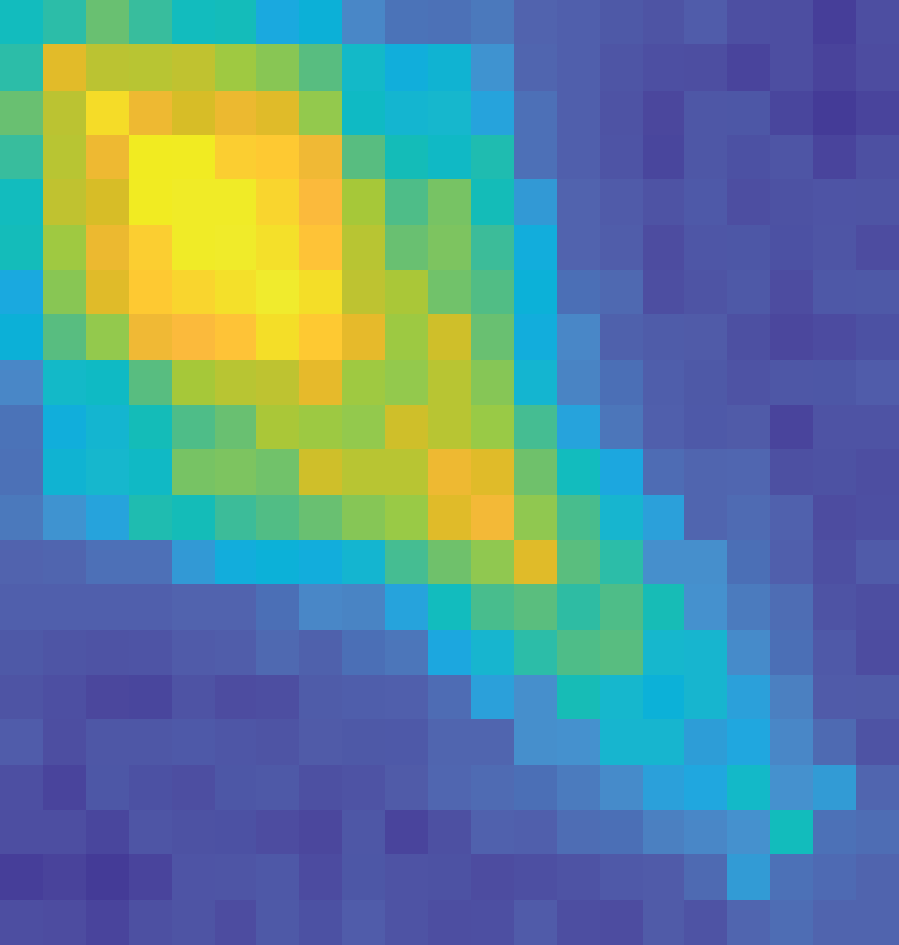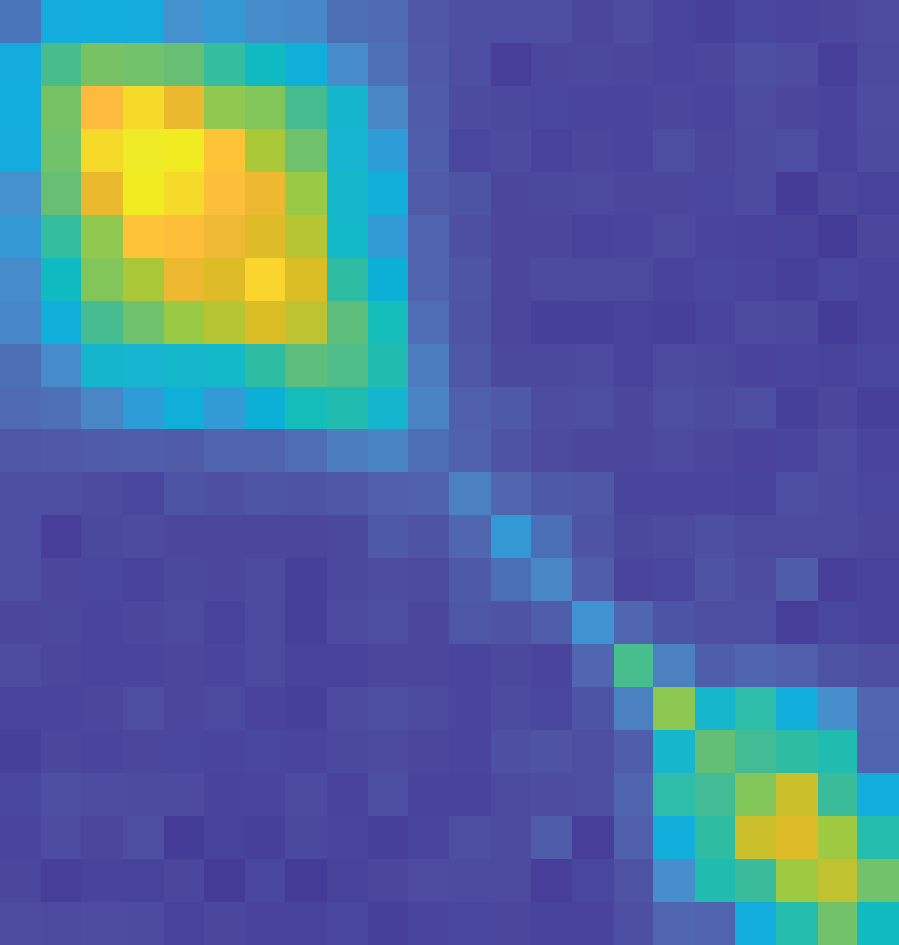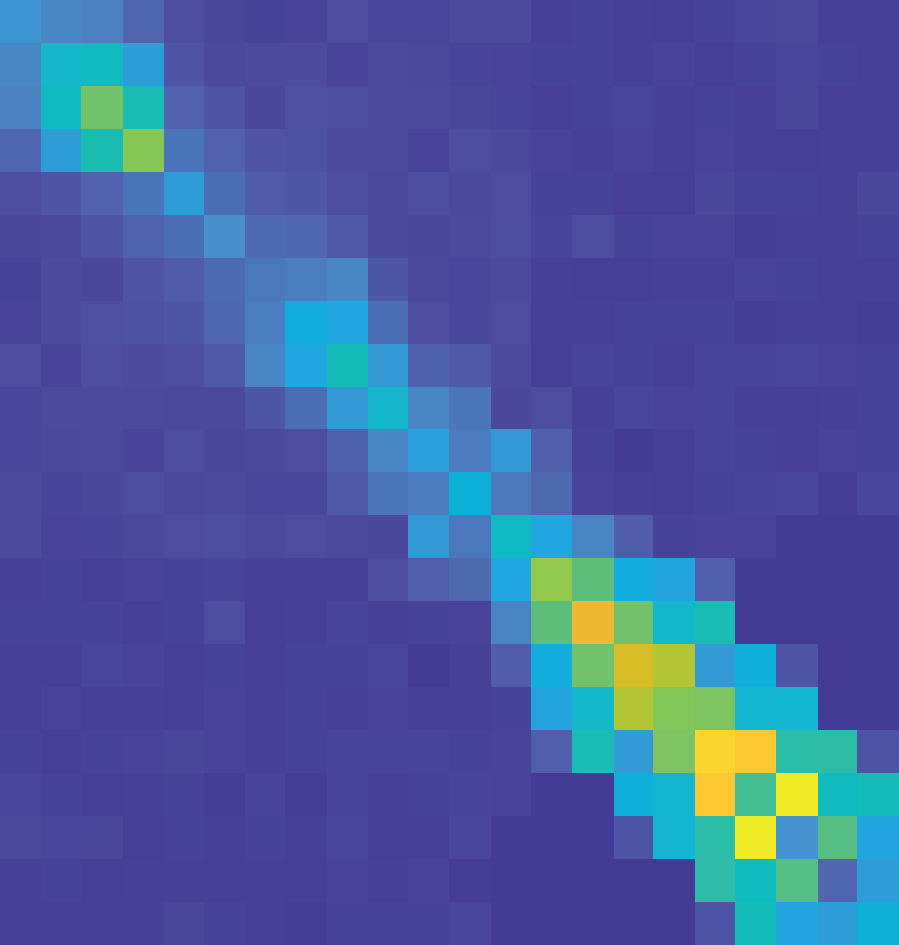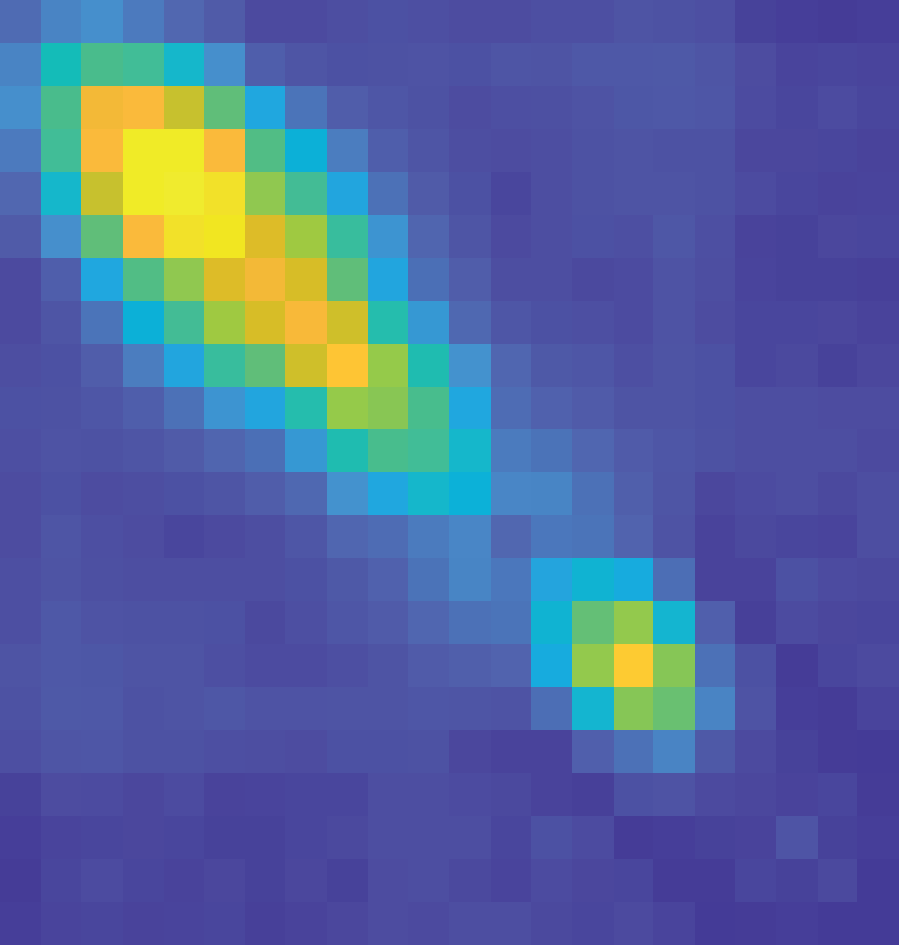








The Panoramic ECAP Method
Cochlear Implants are arguably the most successful neuro-prosthetic device in existence today, and can provide a sense of hearing to d/Deaf individuals by directly stimulating their auditory nerve. Each cochlear implant patient has a unique story and hearing status, and the ease with which they can communicate with their devices varies from person to person. This underlies a need for personalized hearing healthcare to maximize the hearing potential for individual users.
The Panoramic ECAP Method – or ‘PECAP’ – is a research tool that leverages objective measurements of neural responses to a cochlear implant and provides detailed estimates of variation in neural-activation patters along the length of the cochlea. In brief, it can provide a fingerprint of the way an individual cochlear implant patient’s ear is communicating with their implant. It is our hope that PECAP can be used to optimize the software of cochlear implants for individual patients’ unique patterns of hearing and enable them to better engage with the auditory world around them.
About this Website
Registering to this website will allow you to collect PECAP data from users of Cochlear devices. A Standard Operating Procedure document is available to provide you with instructions for use. The procedure will involve collecting a panorama of Electrically Evoked Compound Action Potentials (ECAPs) using the clinical software, Custom Sound EP. If you are interested in collecting PECAP data in users of Advanced Bionics or MED-EL devices, please contact us with your query, as additional research software will be required.
The website will also allow you to analyse PECAP data to estimate patient-specific patterns of neural responsiveness and current spread along the length of a cochlear implant electrode array.
Security is one of our highest priorities. We thank you for your patience with our approval process for registration to the PECAP website. You will receive an email when your registration request is approved with instructions for accessing the functional pages of the site.
Academic References
Cosentino, S., Deeks, J. M., & Carlyon, R. P. (2015). Procedural Factors That Affect Psychophysical Measures of Spatial Selectivity in Cochlear Implant Users. Trends in Hearing, 19, 2331216515607067. https://doi.org/10.1177/2331216515607067
Garcia, C., Goehring, T., Cosentino, S., Turner, R. E., Deeks, J. M., Brochier, T., Rughooputh, T., Bance, M., & Carlyon, R. P. (2021). The Panoramic ECAP Method: Estimating Patient-Specific Patterns of Current Spread and Neural Health in Cochlear Implant Users. Journal of the Association for Research in Otolaryngology: JARO, 22(5), 567–589. https://doi.org/10.1007/s10162-021-00795-2
Garcia, C. (2022). The Panoramic ECAP Method: Estimating patient-specific patterns of current spread and neural health in cochlear-implant users. https://www.repository.cam.ac.uk/handle/1810/341691
Garcia, C., Deeks, J. M., Goehring, T., Borsetto, D., Bance, M., & Carlyon, R. P. (2023). SpeedCAP: An Efficient Method for Estimating Neural Activation Patterns Using Electrically Evoked Compound Action-Potentials in Cochlear Implant Users. Ear and Hearing, 44(3), 627. https://doi.org/10.1097/AUD.0000000000001305
Peng, T., Garcia, C., Haneman, M., Shader, M., Carlyon, R. P., & McKay, C. (2023). Comparing patient-specific variations in intra-cochlea neural health estimated using psychophysical thresholds and panoramic electrically evoked compound action potentials (PECAPs). https://doi.org/10.31234/osf.io/ksrde
Garcia, C., Morse-Fortier, C., Guerit, F., Hislop, S., Goehring, T., Carlyon, R. P., & Arenberg, J. G. (2024). Investigating the effect of blurring and focusing current in cochlear implant users with the Panoramic ECAP method. Journal of the Association for Research in Otolaryngology: JARO. https://doi.org/10.1007/s10162-024-00966-x
Garcia, C., & Carlyon, R. P. (2024). Assessing Array-Type Differences in Cochlear Implant Users Using the Panoramic ECAP Method. OSF. https://doi.org/10.31219/osf.io/wnf6d